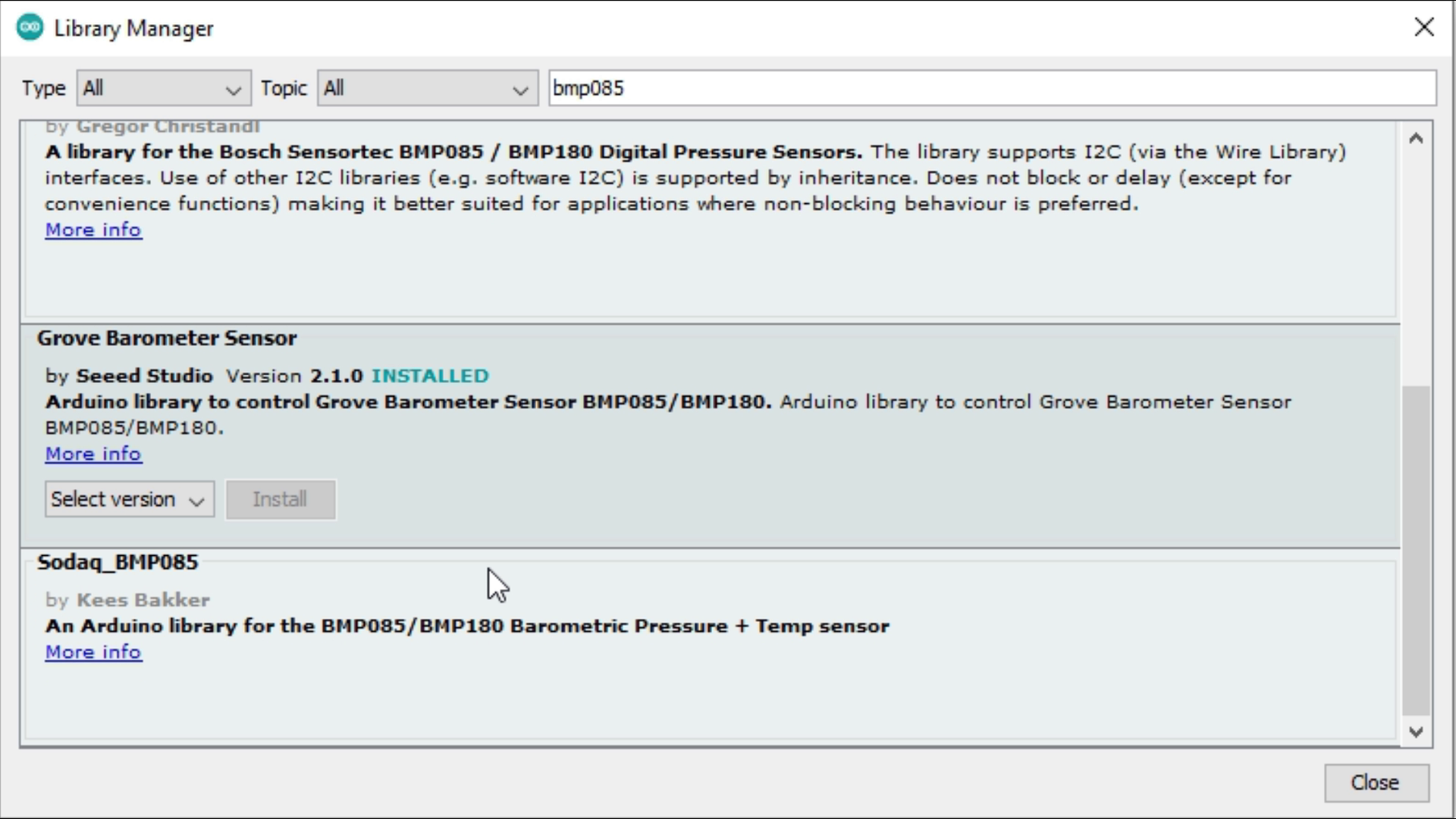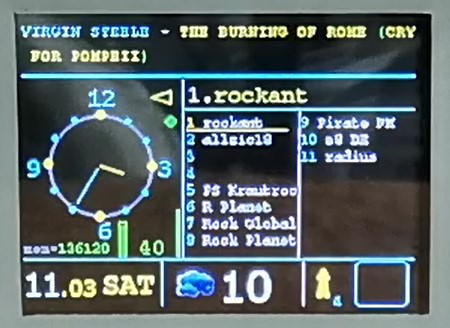ESP32 Based IoT Weather Station 18 Steps with Pictures Circuit Diagram 0. Download Source Code. For this project, you'll need these files: SQL query to create your table: SensorData_Table.sql Insert and access database readings: esp-database.php Handle HTTP Post requests: esp-post-data.php CSS file to style your web page: esp-style.css Display your sensor readings: esp-weather-station.php Arduino Sketch for ESP32: HTTPS_ESP32_Cloud_Weather_Station.ino

To receive data on Blynk from ESP32, you will have to create datastreams. First go to 'Datastreams' ; Under 'New Datastream' select 'Virtual Pin' ; The first datastream is named as 'Temperature' ; Select 'V0' under Pin ; Data Type will be 'Double' because we are receiving accurate values with decimal places ; Unit will be Celcius (°C) 'Minimum Value' can be kept as 0 and 'Maximum Value' as 100 For our simple internet weather station, I am going to extract four pieces of information. The short description of the weather under weather -> main ("Clouds"), the current temperature under main -> temp (10.29), the current relative humidity under main -> humidity (82), and the name of the location under name ("Melbourne"). The URL requires the input of three parameters to acquire the weather update for a desired location. These parameters include the name of the city (specified as "q=your_city"), the country code of the city (specified as "your_country_code"), and your unique API key (obtained from the "API keys" tab). This ESP32 ESP-IDF code

ESP32 Weather Station with Arduino IoT Cloud Circuit Diagram
📥 Clone or Download Clone this repository to your local machine. 🛠️ Open the Code Open the .ino file in the Arduino IDE.. 🔧 Initial Setup Upload the code to your ESP32. Upon the first run, the device will host a Wi-Fi setup portal named ESP32-Config.Connect to this network using a smartphone or computer, and follow the web interface to input: This project serves as an excellent introduction to working with APIs, Wi-Fi connectivity, and data display on an LCD module using the ESP32 board. With the IoT Open Weather Display, you can conveniently access real-time weather updates at a glance, making it an ideal solution for home or office environments. Required Components

Learn how to build an advanced ESP32 Weather Station using IoT technology. This step-by-step tutorial covers real-time weather monitoring, data logging, and Introduction. In this project, we'll create a simple, real-time weather station using ESP32 and DHT11 sensor to monitor temperature and humidity. The ESP32 will operate in Access Point (AP) mode, allowing it to host a web interface that displays temperature and humidity readings in real-time, which can be accessed by any nearby device without an internet connection.
